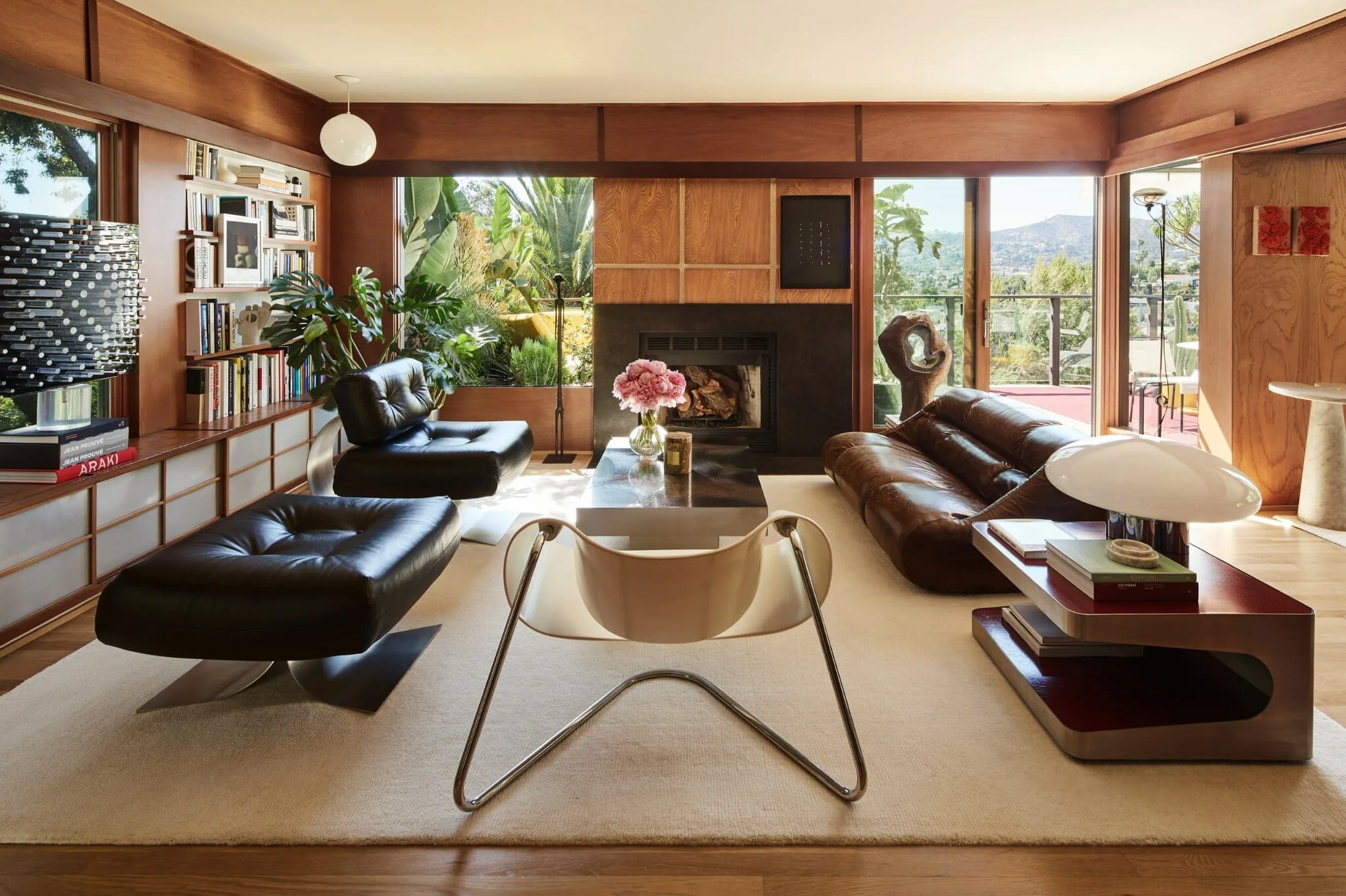
Creating an inviting and harmonious living environment involves more than just selecting beautiful furniture and decor. The layout of your space significantly impacts its functionality and aesthetic appeal. However, it's common to encounter stumbling blocks when arranging furniture and designing the layout of a room. Let's explore five prevalent layout mistakes and discover effective solutions to ensure a seamless and flowing space.
Mistake: Placing all furniture against the walls might seem like a space-saving approach, but it often results in a disconnected and stark atmosphere, creating an unused, vacant center area.
Solution: Experiment with pulling furniture away from walls, creating cozy conversation areas, or using rugs to define zones within the room. Embrace the middle space for balance and circulation, making the room feel more inviting and dynamic.
Mistake: Overcrowding a room with furniture that is too large or small for the space can disrupt the flow and make the room feel cramped or empty.
Solution: Measure your room and plan furniture placement accordingly. Invest in pieces that complement the room's size and allow for easy movement. Consider the scale and proportion of furniture in relation to the space, ensuring a balanced layout.
Mistake: Neglecting traffic flow patterns can result in awkward pathways or blocked access points, hindering the functionality of the room.
Solution: Plan clear pathways by arranging furniture to guide traffic flow. Leave ample space between items for easy movement and avoid obstructing doorways or walkways. Consider the natural flow of movement within the room to create a comfortable and accessible layout.
Mistake: Prioritizing aesthetics over functionality can lead to impractical layouts that don’t cater to the actual needs and activities within the space.
Solution: Evaluate the room's primary purpose and design the layout accordingly. Integrate multifunctional furniture and storage solutions to maximize utility without compromising style. Strike a balance between aesthetics and practicality to create a space that looks good and works well.
Mistake: A room without a focal point or visual hierarchy can feel disjointed, lacking a sense of cohesion and purpose.
Solution: Identify a focal point – it could be a fireplace, artwork, or an eye-catching piece of furniture. Arrange furniture around this focal point to create a natural flow and visual hierarchy. Use varying heights, textures, and colors to draw the eye and establish a balanced, cohesive look.